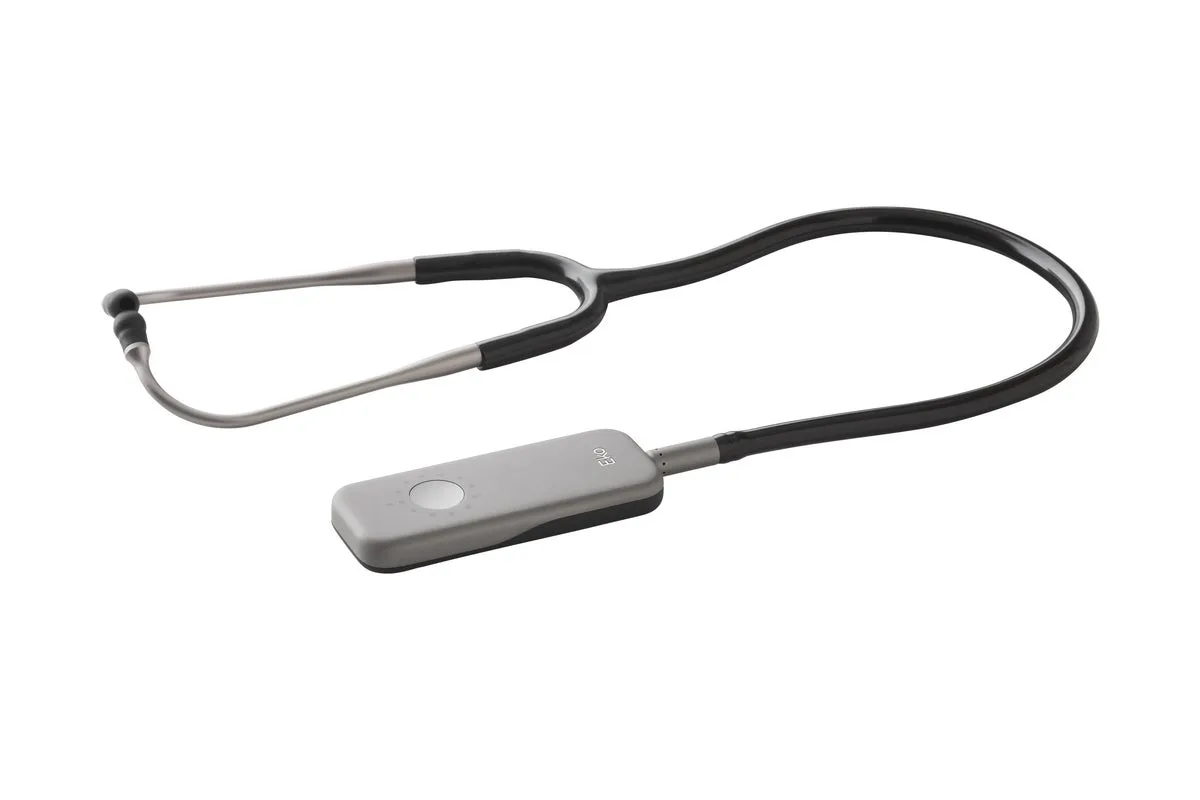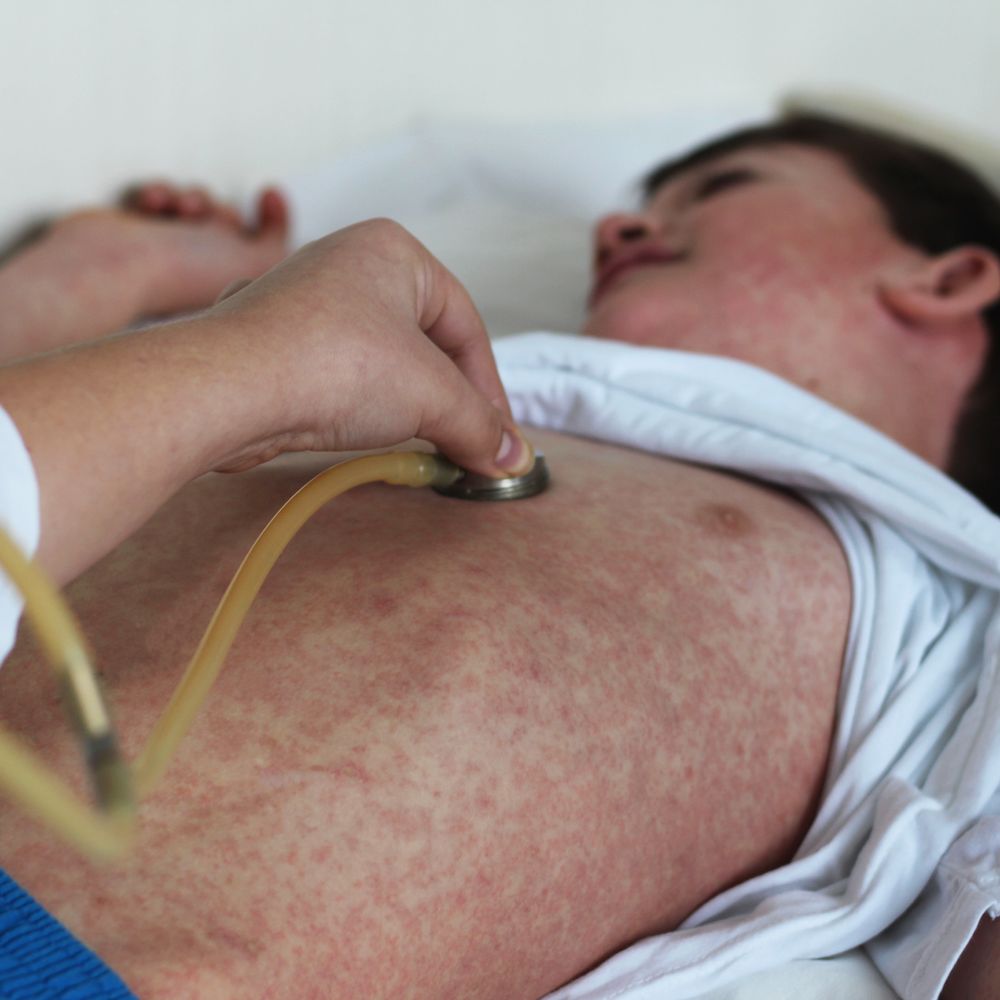Okinawa diet: On January 2nd, Japanese Kane Tanaka blew out 119 candles and is currently the oldest woman in the world. For her, it is certainly not new, since she has had this status since 2019 when she was “only” 116 years old. Born in 1903, Kane is in good health, spends his time doing crossword puzzles, short walks and eats rice, fish, and soup, as well as drinking plenty of water.

According to the World Health Organization, the Japanese are the longest-lived population in the world: life expectancy for women is 87 years, for men 80. Years lived, for the most part, in perfect health, at least the first 75. Expectations that Ms. Tanaka has far exceeded. But what is the reason that makes the Japanese so long-lived? The magic wand does not exist, much of it is due to issues of genetics, but lifestyle certainly plays a fundamental role. Especially the food.
The inhabitants of the Japanese island of Okinawa know something about this, as their diet has been taken as an example to combat aging . This diet, combined with physical activity and the absence of stress , has allowed the populations that follow it to stay not only in shape and health but also to live one hundred years! The incidence of cardiovascular diseases, tumors and hypercholesterolemia is in fact reduced to a minimum.
Okinawa diet
The Okinawa diet is quite similar to the vegetarian diet , involving an abundant consumption of fish and small amounts of meat . It is a diet rather low in sugar and cereals , it has been calculated that the inhabitants of the island consume about 30% less sugar and 15% less cereals than the rest of Japan. At the base of the Okinawa diet, there is a calculation of the caloric index or the ratio of calories per gram of food. This calculation understands the key to a diet that allows you to reach a sense of satiety while remaining light . Large quantities of low calorie food are simply consumed, while the consumption of foods with a higher caloric index is limited.
What to eat
The Okinawan diet has a strong link with the past, with the traditions of the island. Consumption of large quantities of yellow, orange and green vegetables, rich in antioxidants and nutrients consumed preferably raw and lightly cooked, is expected . The wok is the ideal tool for cooking vegetables with the jump cooking technique , which makes them crunchy and tasty without adding fat . Yellow and orange colored fruits and vegetables are a concentrate of carotenoids, substances that reduce inflammation and improve the immune system, therefore perfect for keeping the body in good health as we age. Green light alegumes, soy, miso, sweet potatoes and violets, seaweed including kombu, nori and hijiki . Fish , particularly seafood, is generally eaten ¾ times a week. In addition to the water consumed in large quantities, Okinawans drink green tea and jasmine tea during meals .
Limitations
Although the Okinawan diet allows it, meat (preferably pork) is consumed in small quantities and on special occasions . The meats are cooked in broth , as this technique allows for further removal of the fat. The inhabitants usually prefer a plant-based diet. Cereals are also consumed in moderation, especially those with gluten as they could cause digestive problems, inflammation, allergies. Steamed brown rice and quinoa are preferred to others. Dairy products they are minimally part of the diet and are eaten raw, as pasteurization causes them to lose useful substances. Good alternatives are coconut milk or almond milk.
Little and slowly
To limit the number of calories ingested, the Okinawan diet follows the principles of the “Hara Hachi Bun” , a Confucian philosophy that recommends eating only until you are 80% full. Meals should be eaten slowly , in small portions and in a quiet atmosphere. To fully enjoy and appreciate what you eat it is essential to chew slowly , focusing on food without distractions. Okinawans typically consume around 1,200 calories per dayor, far fewer than the 2,000 of the mainland Japanese, but considering that the foods they put on the table are so rich in nutrients they can live longer even if on less. Traditionally the Japanese, who take into consideration not only what is consumed, but also the way in which production takes place, prefer fresh and seasonal foods , to be served in small bowls and respecting a certain aesthetic rigor . According to Kaiseki , Japanese gourmet cuisine , harmony must also be respected in the dish, no element must override the other.




